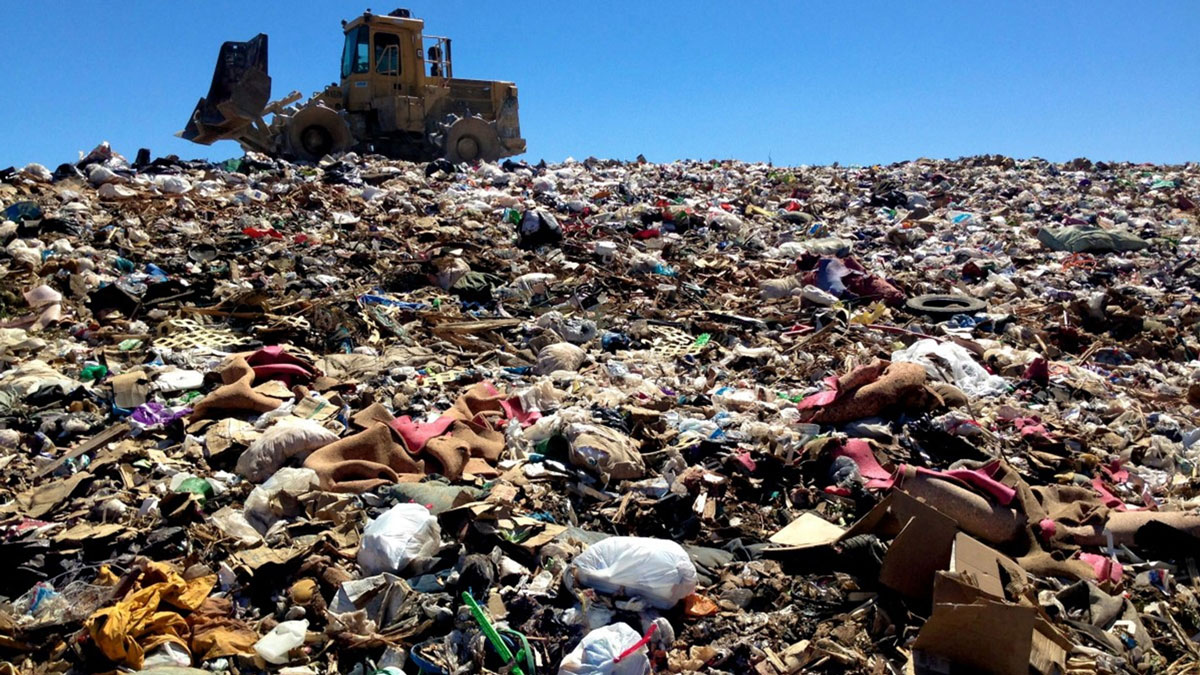Do We Need Landfills in Ontario – Why They Will Always Be a Necessity

As the current waste culture is very much supporters of a recycling-first waste management approach, it’s not often landfills are spoken about in a positive manner. As stakeholders in the industry ourselves, we will be the first to tell you that landfills are and are likely to always be a necessity.
What is a landfill?
Landfills are where we put waste we cannot process and which cannot be recycled. Virtually anyone can deposit waste at a landfill. It’s not the cleanest of places but reality is that without them, we would have major troubles on our hands. Some waste just isn’t recyclable. For these items or materials, they need some place where they can be stored safely and efficiently.
What do landfills provide?
Landfills regulate waste, allowing us to allocate it in a structured environment. We dig out established areas and designate them as a ‘waste management region’. In a landfill, we can monitor our waste and ensure that it’s being properly processed. If landfills were to not exist, managing waste wouldn’t be possible. As worse as it is to see waste in our water streams and in protected areas, amounts would be increased without landfills. To ignore the importance of landfills is highly irresponsible and only encourages a disorganized system.
What happens to the waste we put in a landfill?
Waste that is given to a landfill adheres to the standards of said facility. Landfills aren’t built to biodegrade and break down trash – they’re storage facilities where waste gets buried. Containments contain little oxygen and almost no moisture. This prevents trash from breaking down rapidly. When you provide a landfill with waste, it gets buried and monitored for any dangerous or toxic side effects of this manner of processing.
Can you imagine a world without landfills?
There are worlds without landfills and we know them. Third world countries do not always have adequate processes for managing their waste. There are several of them who do not have efficient landfill space or who do not use landfills in the traditional sense. The result is waste everywhere. They make for very unkempt, toxic, and dangerous regions, with airborne gases, infected materials entering waterways, and more. We don’t want a Canada without landfills.
Is there a difference between a landfill and a dump?
Yes, there’s a huge gaping difference between landfills and dumps. Landfills are carefully created, monitored, and heavily regulated. Comparatively, dumps aren’t. A dump is an open hole. Anything can be tossed into a dump. Animals swarm in, oftentimes dangerous materials are present in a dump, and there are no environmental protections or regulations guiding dump management.
What are the criticisms of landfills?
There is a lot of negative discussion around landfills despite the fact that landfills themselves are not the issue. Ones that are poorly managed are. Landfills require skilled personnel and management that know how to process, store, and deal with materials. There are still environmental regulations that need to be met at a landfill as well as legal and ethical requirements to fulfill.
What are the different parts of a landfill?
A landfill has many components to ensuring it can function as intended, in securing and monitoring the waste it contains.
There is a bottom liner constructed from highly durable, puncture-resistant HDPE usually between 30 and 100 mils thick. This is to prevent buried waste from coming in contact with soils and groundwater underneath.
Cells are built to store waste, ranging in size from a few acres to as large as 20 acres or more. Inside larger cells are commonly smaller ones. Waste is always compacted and shredded prior to being stored in these cells.
Every landfill cell is designed with a sloping low point connected to a series of perforated pipes, with gravel packs and/or sand placed at the bottom of a cell. This is done to trap liquids which get collected and removed.
A methane collection system is typically installed with a series of pipes used to collect this gas before it is naturally vented or burned. Landfill gas is approximately 50 percent methane which has the potential to explode or burn. Therefore it is important to ensure adequate methane gas removal processes are incorporated into Ontario landfills.
There are additional systems in place to handle stormwater drainage, groundwater monitoring, and more.
Are we running out of landfills in Ontario?
Some in the waste management industry will say it’s a myth that we are running out of landfill space in Ontario. To an extent, they’re right. Landfills are used every day, without indication of complete filling any time soon. Despite this evidence, there is only finite space in our landfills. Creating more and more waste management areas is an option but it’s not ideal. We have so much natural beauty and environment in this province. We’ve got to protect our natural resources, and landfills are not the answer long-term to our waste management needs.
How long does a landfill last?
A landfill is not designed to fail. That said, certain specifications must be met. For example, maximum weight must be adhered to. A truck coming to a landfill usually carries in it 12-14 tons, typically coming from around 800 households. Daily, the average Ontario municipal landfill receives about 200 trucks. This means 2,800 tons of trash is being added to landfills every day. Needless to say, monitoring systems aren’t just designed to guard against environmental catastrophes but also to ensure the landfill doesn’t fail – not today and not 100 years down the line.
How can we improve landfills?
If one wants to improve landfills in Toronto or Ontario, we must improve our waste management system. Landfills are a catch-all for waste we can’t do anything else with. If we continue developing recycling processes and create more facilities specializing in material sorting, our landfills will improve accordingly. To this extent, it is not landfills that are the problem – it’s the system. Thus, when you remedy the inefficiencies within the system, you solve the landfill conundrum. It’s akin to blaming your garbage bag for the items and materials it carries.
Are you looking for eco-friendly and environmentally responsible waste disposal services in Toronto? Contact Core Mini Bins today. We can set you up with a dumpster, a mini bin rental, trucks, and waste disposal options with same day delivery included.


